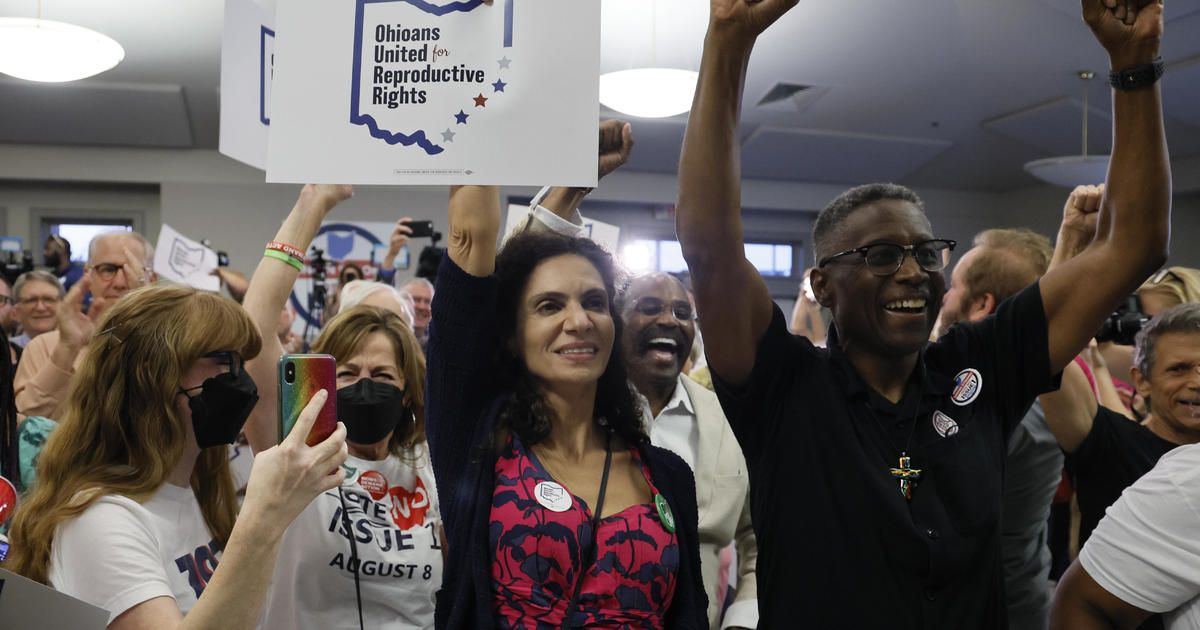Key takeaways:
- Ohioans voted to keep the century-old standard of a simple majority for approving constitutional amendments in the state.
- The results of the special election have been seen as a major victory for abortion rights advocates in the state.
- The rejection of Issue 1 means that the proposed amendment will have a better chance of passing in November.
Ohioans have voted to keep the century-old standard of a simple majority for approving constitutional amendments in the state. This comes as a major victory for abortion rights advocates, as it prevents the threshold from being raised to a supermajority, which would have made it more difficult to pass the abortion-rights constitutional amendment that will be on the ballot in November’s general election.
The proposed amendment, known as the “Right to Reproductive Freedom with Protections for Health and Safety,” was the subject of Tuesday’s special election in Ohio. Voters were asked to decide whether to raise the threshold for approving constitutional amendments from a simple majority to a supermajority. The measure, called Issue 1, failed to garner the majority support it needed to pass, keeping in place the century-old standard.
The results of the special election have been seen as a major victory for abortion rights advocates in the state. The proposed amendment would enshrine abortion access in Ohio’s founding document, and the rejection of Issue 1 means that it will have a better chance of passing in November.
The special election was called for by anti-choice Republicans in the state in a preemptive attempt to block the abortion-rights constitutional amendment. However, the results of the election show that Ohioans are in favor of keeping the century-old standard of a simple majority for approving constitutional amendments. This will give the proposed amendment a better chance of passing in November, and will ensure that the rights of women in Ohio are protected.



Be First to Comment